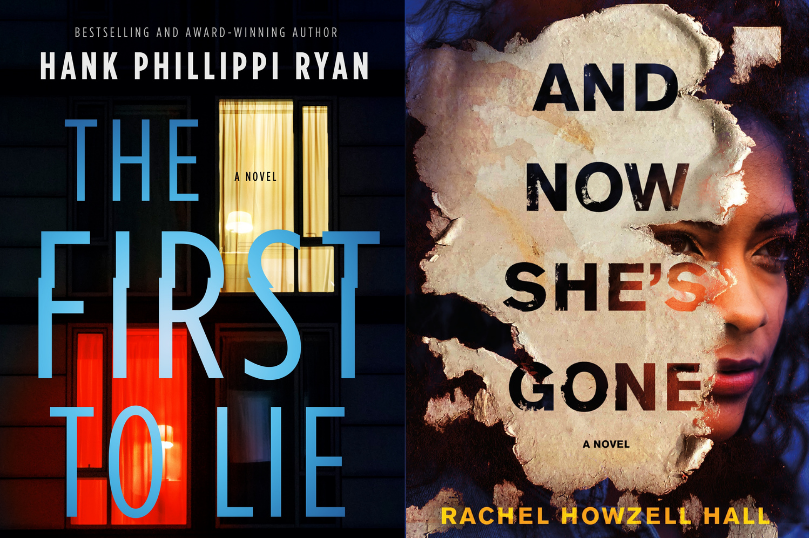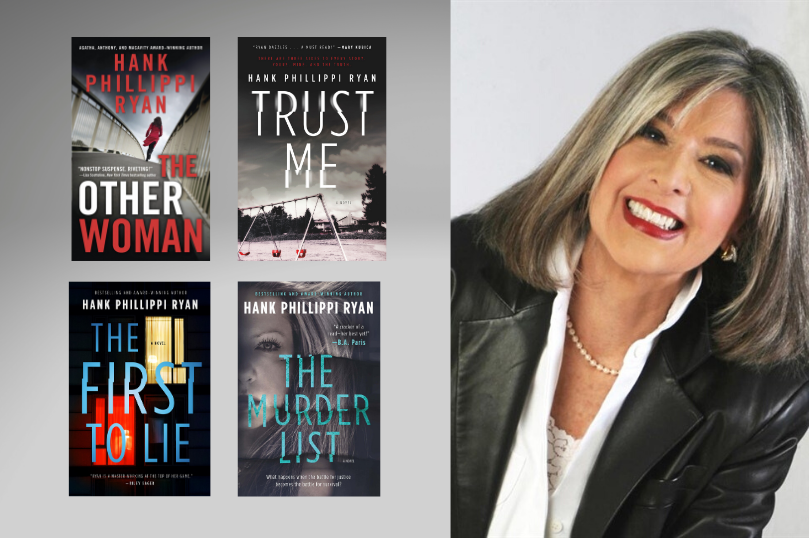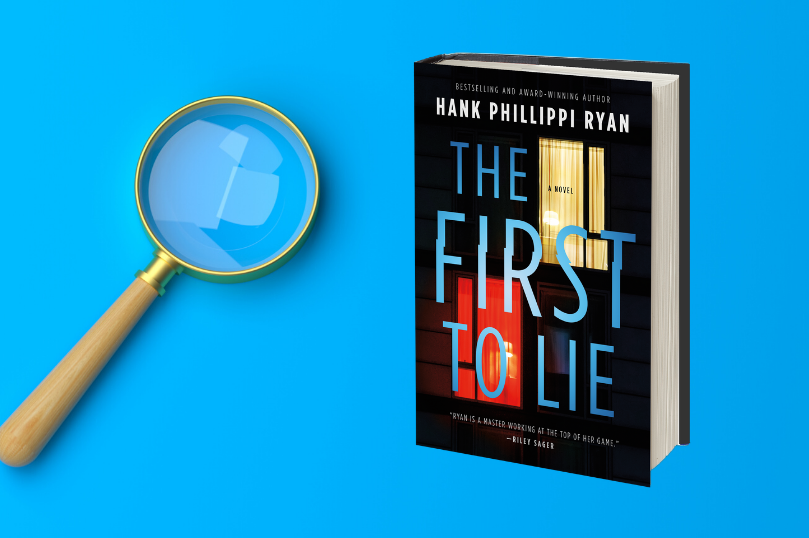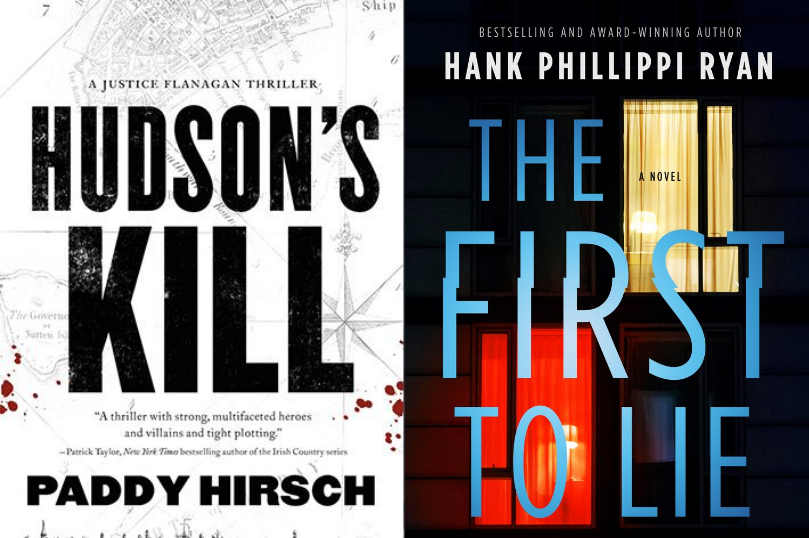
In Conversation: Hank Phillippi Ryan and Rachel Howzell Hall
Hank Phillippi Ryan and Rachel Howzell Hall got together to chat about writing characters who keep secrets, guessing plot twists, and more!

Hank Phillippi Ryan and Rachel Howzell Hall got together to chat about writing characters who keep secrets, guessing plot twists, and more!

To get excited for Hank Phillippi Ryan’s newest book The First to Lie, check out our quick roundup of some of Hank’s top heroines, and the books they’re in.

Read an excerpt of The First to Lie by Hank Phillippi Ryan, coming August 4th, 2020!

Eight Mysteries We Can’t Wait to Solve This Year By Alison Bunis The new year is finally here. Take a deep breath and savor the clean slate. But what’s that scent drifting in? Is that…new book smell?? Of course it is! Forge has a whole new lineup of fantastic mysteries for 2020, and they’ll be…

The First to Lie author Hank Phillippi Ryan interviews Hudson’s Kill author Paddy Hirsch.